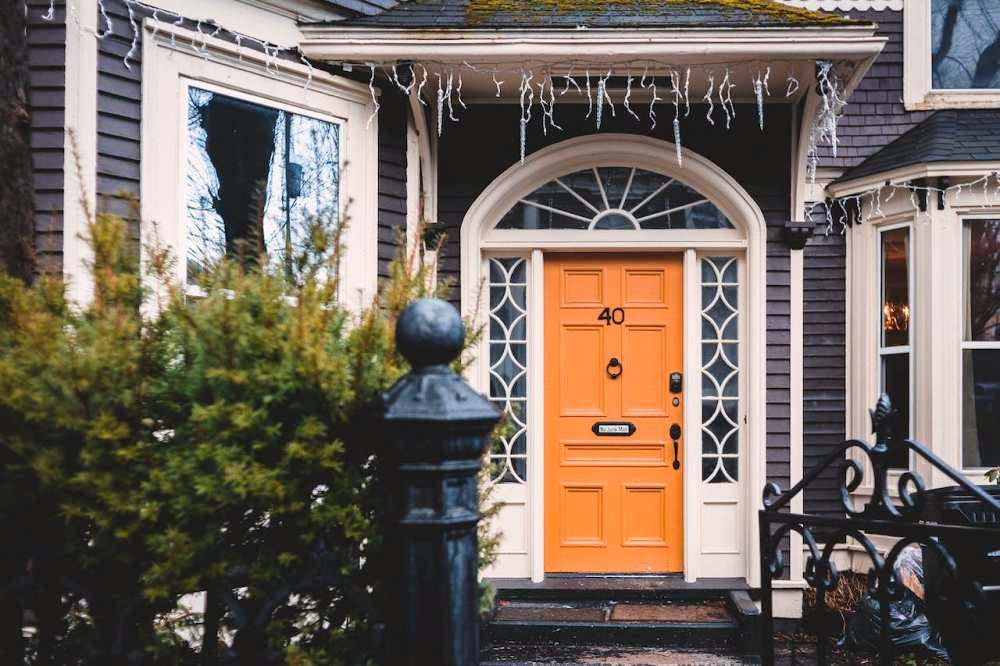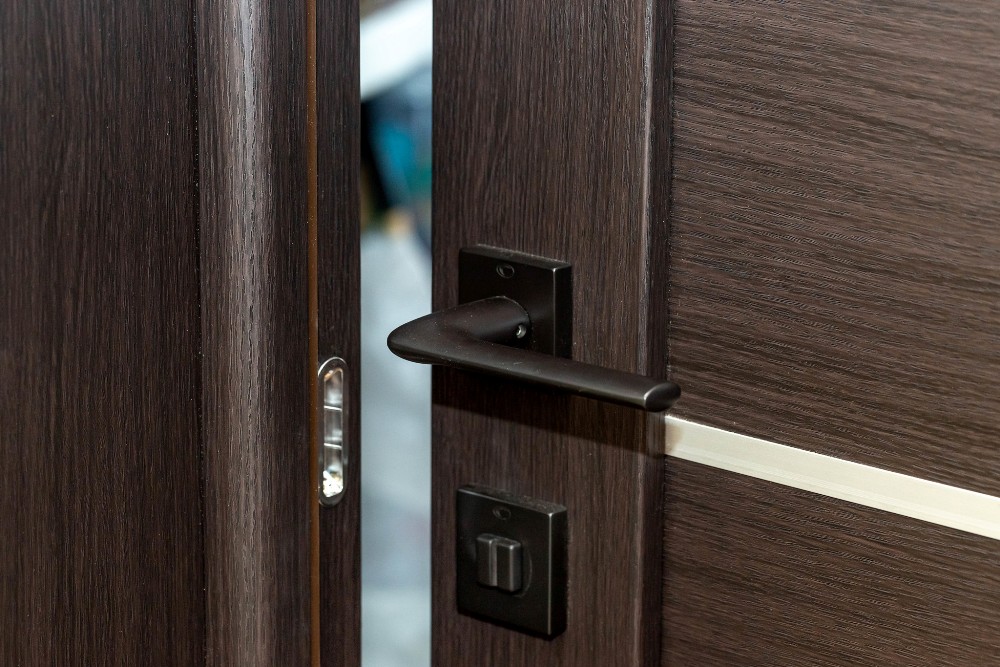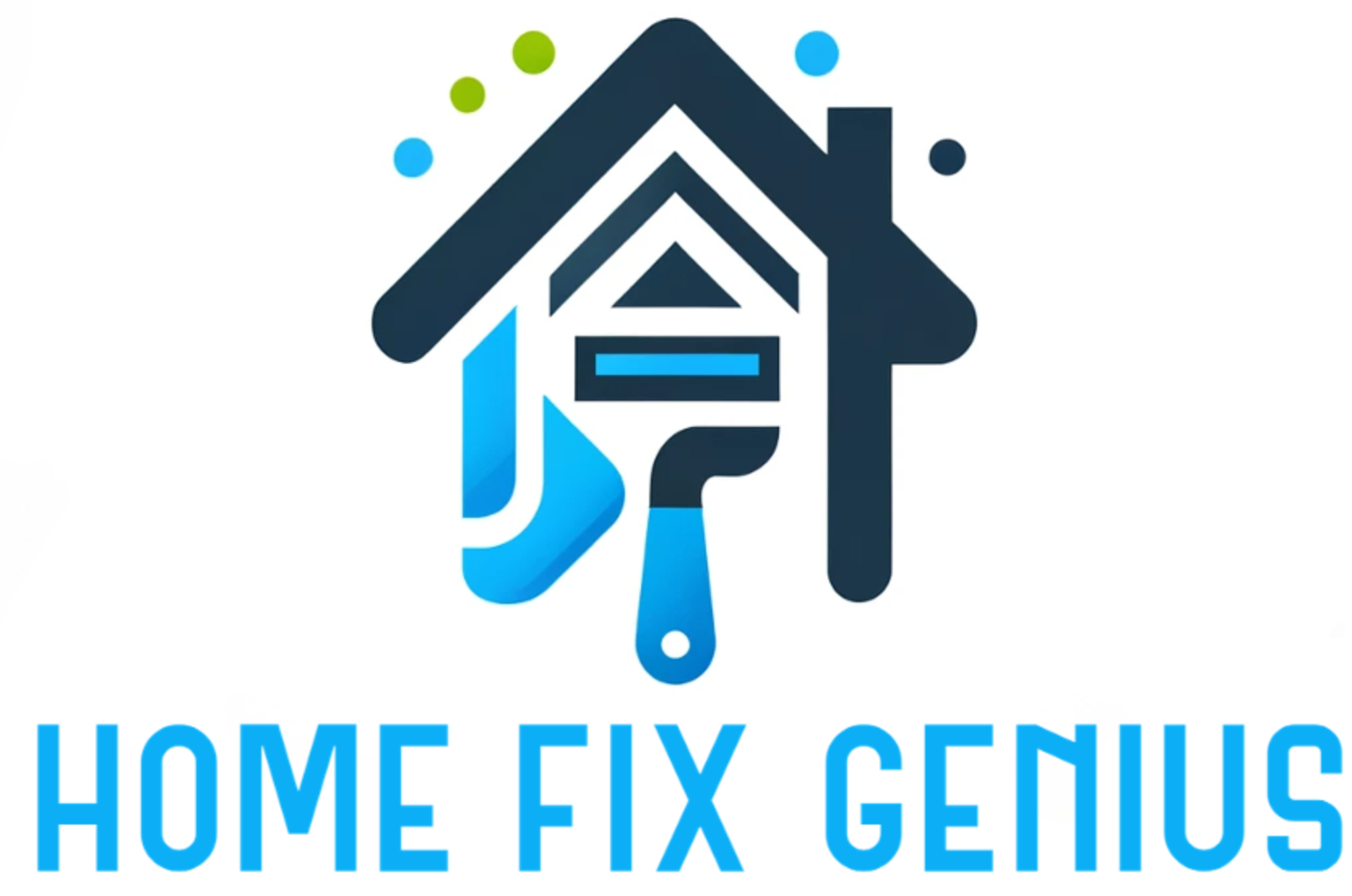
Energy-efficient doors serve as more than just entryways; they act as barriers against energy loss, optimizing your home’s comfort levels and saving you money on utility bills. In this guide, we’ll delve deeper into the world of energy-efficient door, exploring their various benefits, essential factors to consider, installation tips, cost-saving potentials, and their positive environmental impacts.
Understanding Energy-Efficient Doors
Energy-efficient doors are crafted with advanced materials and technology to minimize heat transfer between indoor and outdoor environments. By effectively sealing off your home, they prevent cold drafts from entering during winter and keep cool air indoors during scorching summers. Understanding the science behind these doors helps homeowners appreciate their significance in maintaining a comfortable living space.
Benefits of The Doors
Beyond the obvious cost-saving benefits, these doors offer a range of advantages. They create a more consistent indoor temperature, reducing the strain on heating and cooling systems. This not only enhances comfort but also extends the lifespan of HVAC equipment, saving you money on maintenance and replacements. Additionally, by reducing energy consumption, these doors play a role in mitigating environmental impact, contributing to a greener future for generations to come.
Factors to Consider
When selecting energy-efficient doors, it’s essential to consider various factors. Material choice is crucial; while wood offers natural insulation, fiberglass and steel are known for their durability and low maintenance requirements. Insulation properties, weatherstripping quality, and energy performance ratings such as U-factor and SHGC should also be evaluated to ensure optimal energy efficiency.
Installation and Maintenance Tips
Proper installation is key to maximizing the performance of energy-efficient doors. Hiring experienced professionals ensures a tight seal and prevents energy leaks. Additionally, regular maintenance, including checking weatherstripping for wear and tear, lubricating hinges, and inspecting for damage, prolong the lifespan and efficiency of these doors.
Comparing Energy-Efficient Door Options
When exploring door options, homeowners will encounter a variety of choices in terms of materials, styles, and features. Wood doors offer a classic look and excellent insulation, while fiberglass and steel doors provide durability and security. Consider your home’s architectural style, climate conditions, and personal preferences when selecting the most suitable door option.
Cost Savings with Energy-Efficient Doors
Investing in these doors may require a higher upfront cost, but the long-term savings are substantial. By reducing energy consumption and lowering utility bills, these doors offer a return on investment over time. Homeowners can further maximize savings by exploring available incentives, rebates, and tax credits for energy-efficient home upgrades offered by local governments and utility companies.
Enhancing Home Comfort
One of the primary benefits of energy-efficient doors is their ability to enhance home comfort. By minimizing drafts, maintaining consistent indoor temperatures, and reducing noise infiltration, these doors create a more pleasant living environment for occupants. Say goodbye to cold drafts in winter and hot spots in summer, and enjoy year-round comfort with energy-efficient doors.
Environmental Benefits of Energy-Efficient Doors
Choosing energy-efficient doors isn’t just beneficial for homeowners; it’s also a positive step towards environmental sustainability. By reducing energy consumption and greenhouse gas emissions, these doors help mitigate climate change and preserve natural resources. Every small effort towards energy efficiency contributes to a healthier planet for future generations.
Long-Term Investment
Investing in an energy-efficient door isn’t just about immediate cost savings; it’s a long-term investment in your home’s comfort, efficiency, and value. With their durability, performance, and positive impact on energy bills and the environment, these doors add value to your property and contribute to a more sustainable lifestyle.
Conclusion
Energy-efficient doors offer a multitude of benefits, from improving comfort and saving money to reducing environmental impact. By understanding the factors influencing their performance and making informed choices, homeowners can enhance their home’s efficiency and sustainability while enjoying lasting comfort and savings.

FAQs
Are energy-efficient doors worth the investment?
Yes, energy-efficient doors offer significant long-term savings on energy bills while enhancing comfort and sustainability, making them a worthwhile investment for homeowners.
How do energy-efficient doors improve indoor comfort?
Energy-efficient doors minimize drafts and temperature fluctuations, maintaining consistent indoor temperatures year-round for a more comfortable living environment.
Can energy-efficient doors help reduce noise pollution?
Yes, energy-efficient doors with proper insulation can reduce noise infiltration, creating a quieter indoor environment and enhancing overall comfort.
Are there government incentives for installing energy-efficient doors?
Many governments offer incentives, rebates, or tax credits for homeowners who invest in energy-efficient upgrades, including doors. Check with your local authorities or energy providers for available programs.
How do I know if my energy-efficient doors are performing optimally?
Regularly check for signs of wear or damage, ensure proper weatherstripping, and monitor energy bills for changes in consumption. If you notice any issues, consult a professional for inspection and maintenance.
